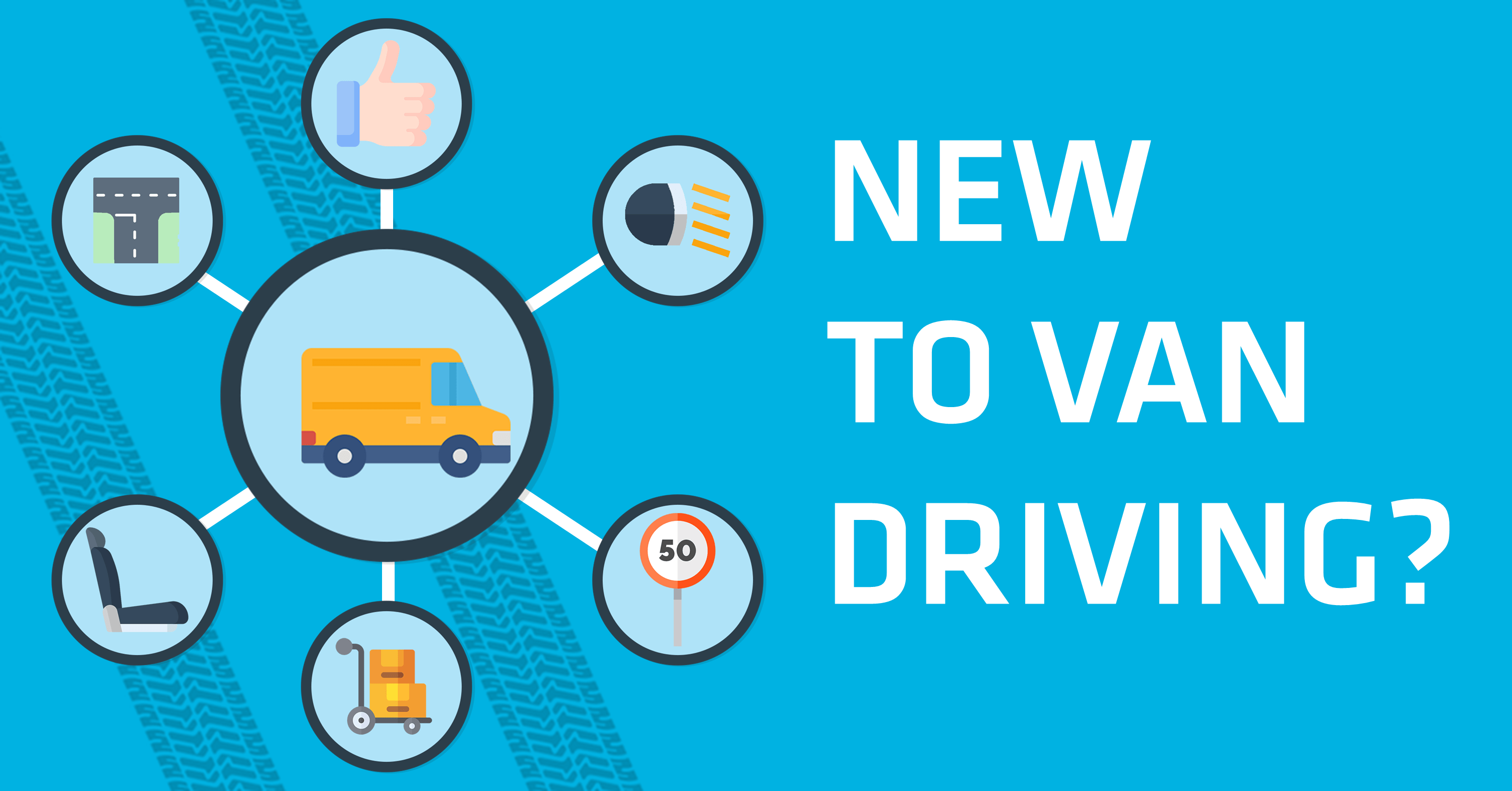
With new large vans leading the way for vehicle registrations in 20211, it’s important to remember that colleagues who may be new to driving a large vehicle may require additional support. Despite being in the same licence category, the differences between van and car driving can be a drastic step-up for many business drivers who may feel nervous behind the wheel of a large van.
Below are some of our top tips for those planning on driving a van for the first time:
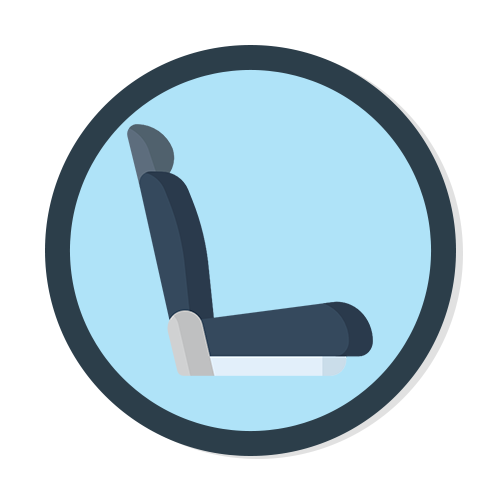
Sitting in the driving seat of a van you’ll soon see that most lack rear-view mirrors, but you’ll still have two good-sized door mirrors to utilise. Make sure your seat is in the correct position and then adjust the two mirrors to give you the best view of the road behind.

Knowing all the controls and features of the van is vital, just looking for the headlight switch on the move can take your eyes off the road for a few seconds. At just 30mph you cover the ground at 45 feet per second, so two seconds to find the lights will mean you’ve travelled the length of two double-decker buses without looking at the road.
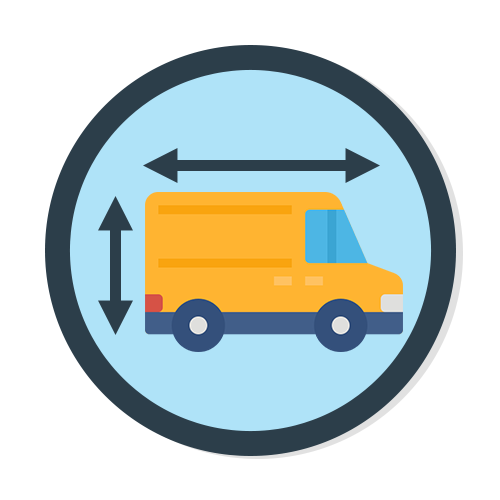
Knowing the width and height of the vehicle will help in stressful situations where space is tight. IAM RoadSmart offers Confined Space Manoeuvring as part of the comprehensive Driving for Work course to assist drivers with this, but knowing length and height restrictions is a great start.

When loading the van make sure heavy items are tied down at lower levels as this will help to keep the van stable.
It’s also worth remembering that the brakes will be designed to cope with a full load and may be sharp and over responsive if the van is empty.
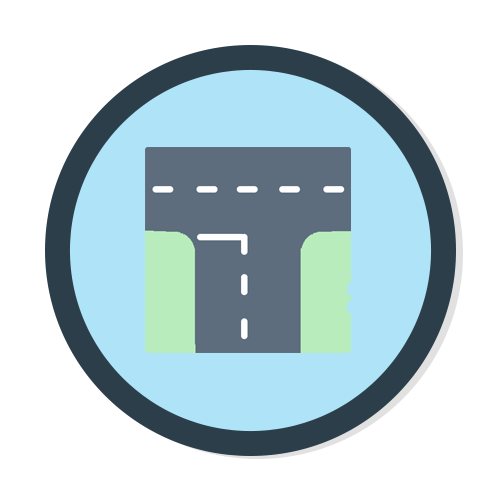
Remember to position the van carefully to avoid creating blind spots for yourself. For example, being at 90 degrees to oncoming traffic at junctions will give you good vision in both directions (you may also need to position yourself a little wider when turning to avoid clipping the curb).
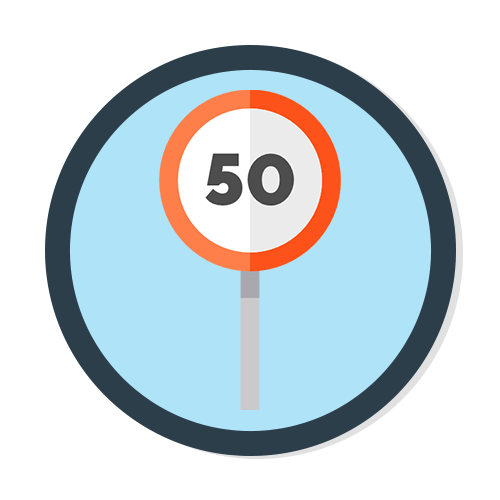
Before you put your foot down, check the speed limit – vans have a different speed limit than cars and you need to be aware of these. Single carriageway roads on a national speed limit sign means 50mph for a van (car-derived vans 60mph) and on a dual carriageway with a national speed limit sign its 60mph – both 10mph slower than for cars.

The final tip is to make a difference to road safety – show other road users how a good van driver behaves; be patient and friendly. If someone is hesitant, allow them time as they might not be as experienced as you. Remember: not everyone has your view from their driving seat.
IAM RoadSmart’s head of driving and riding standards, Richard Gladman said: “We are often guilty of stereotyping drivers by the vehicle they drive, and van drivers come in for more than their fair share of criticism. With a little bit of preparation and effort you can be remembered as the polite van driver who shared the road space nicely.”
If you or your drivers are looking to use vans for the first time, or require other fleet training, IAM RoadSmart can offer innovative fleet management solutions. From comprehensive on-road training through Driving for Work, right up to tailored fixed-fee packages that provide an all-inclusive Driver Risk Management Suite.



